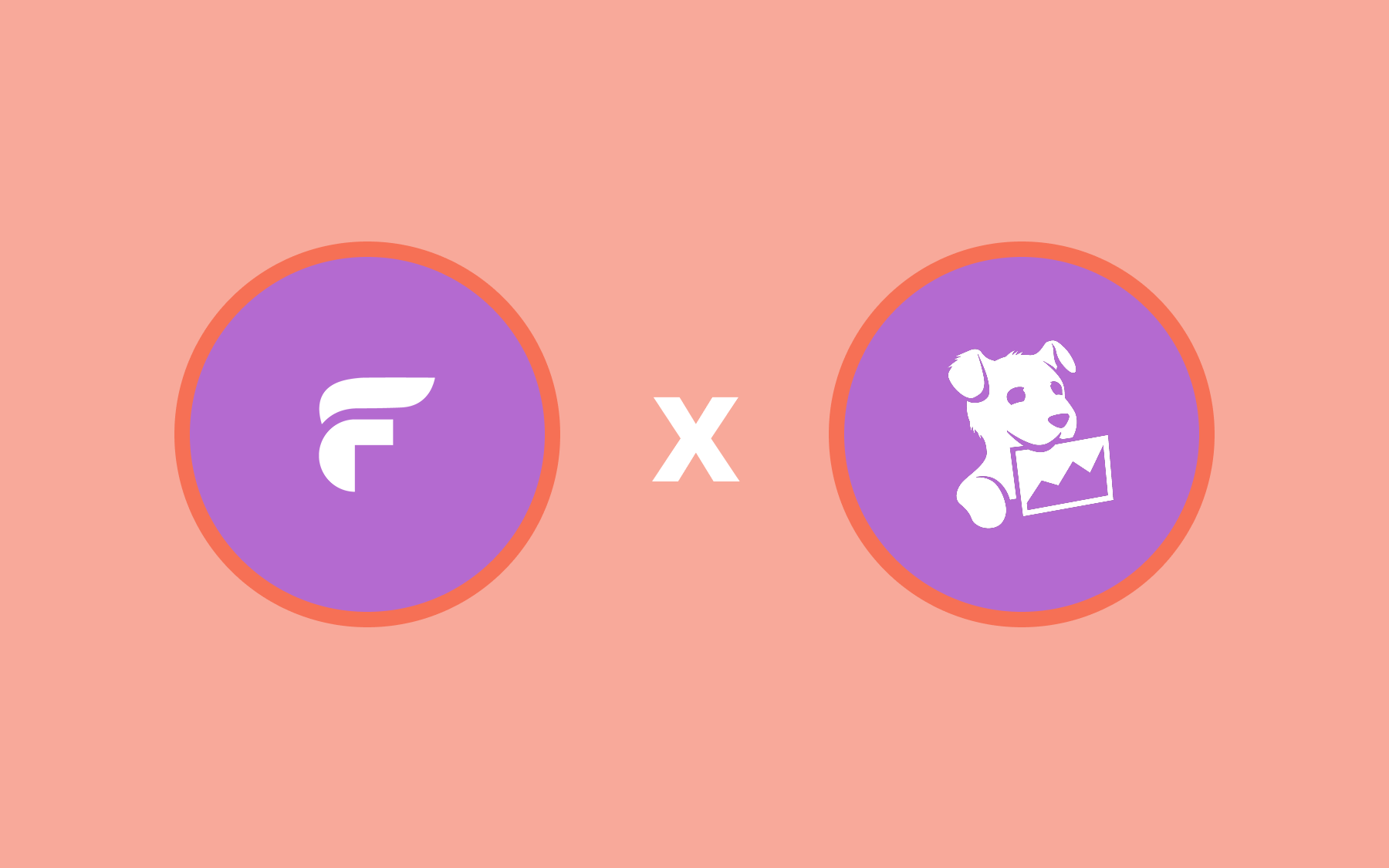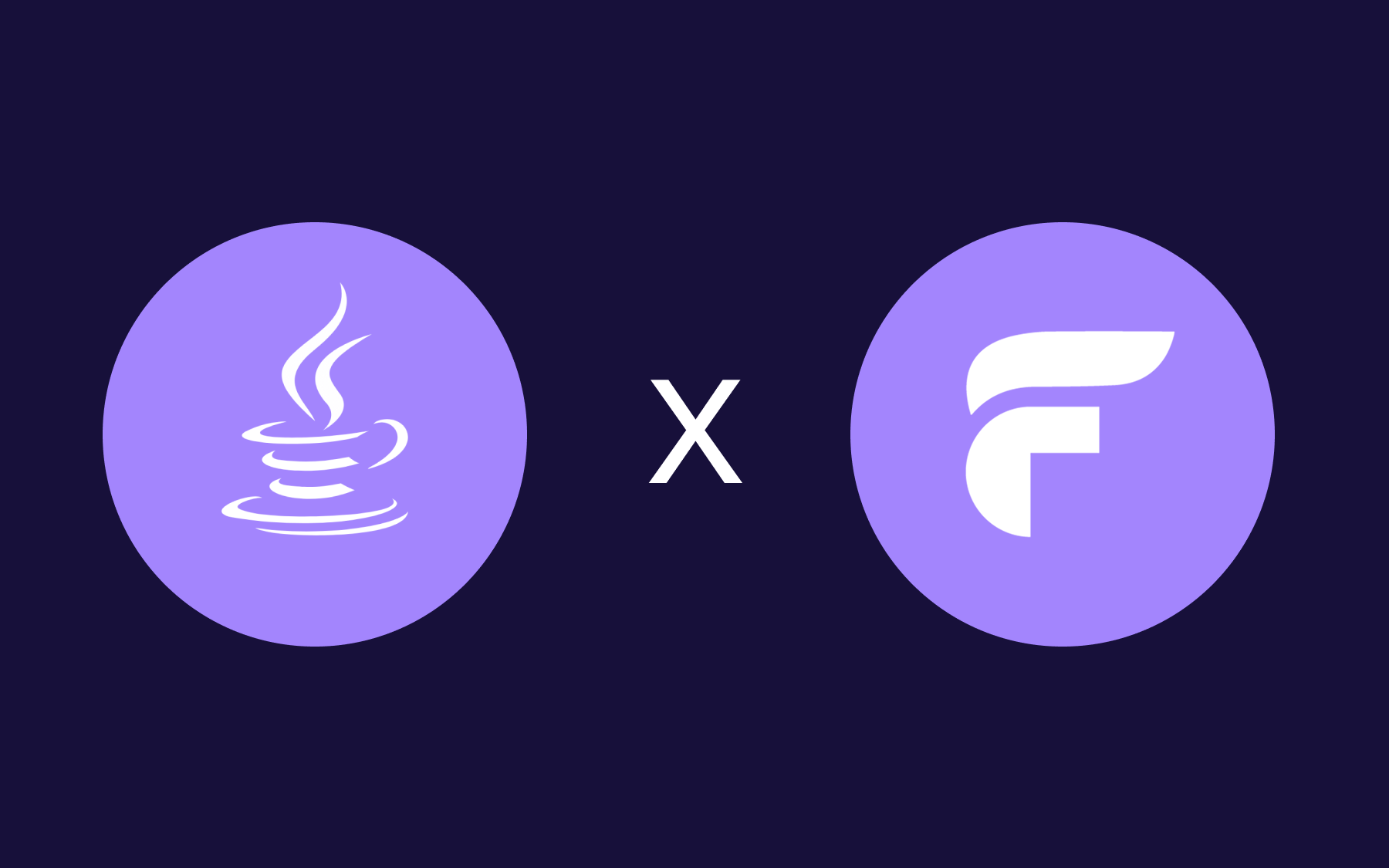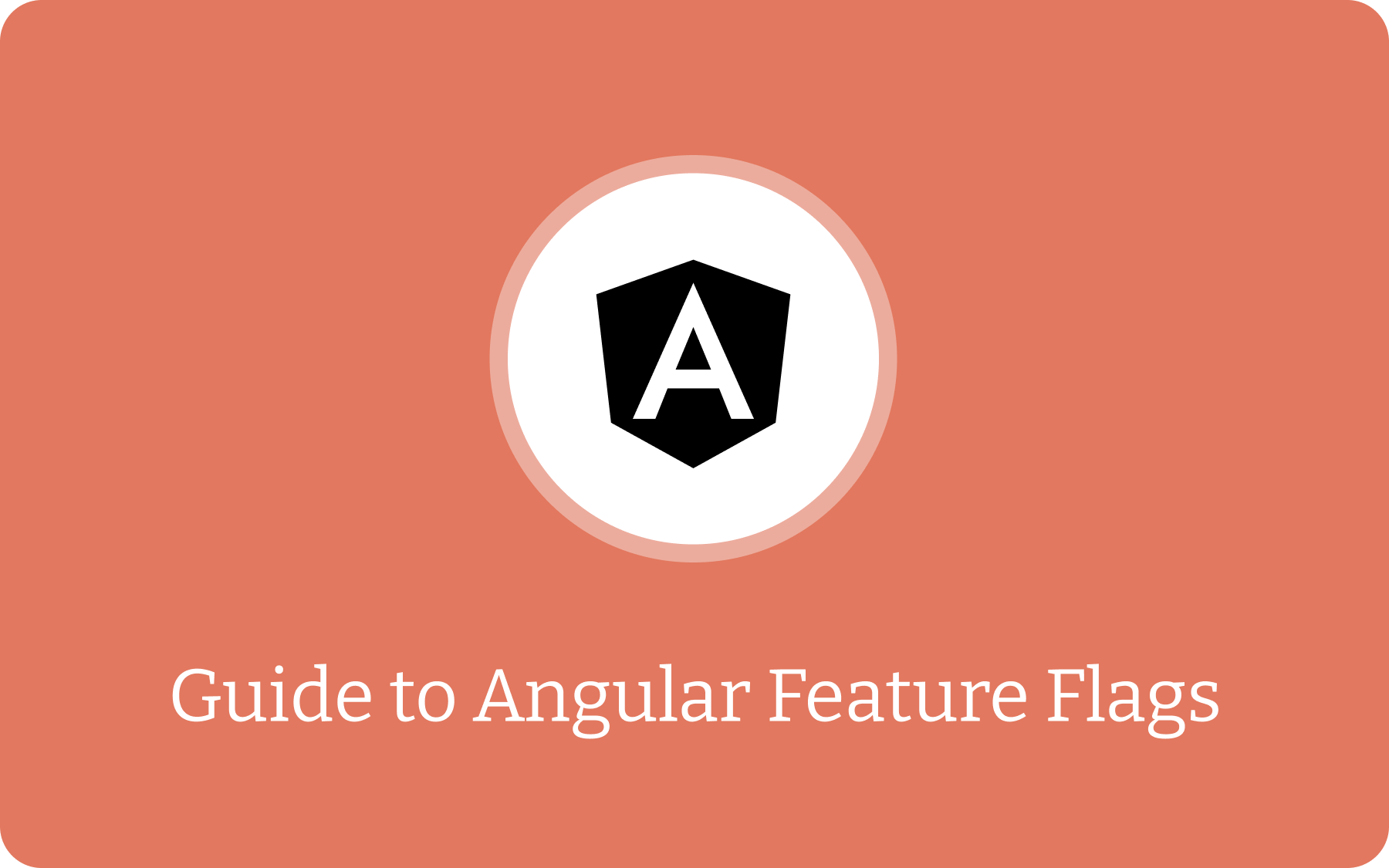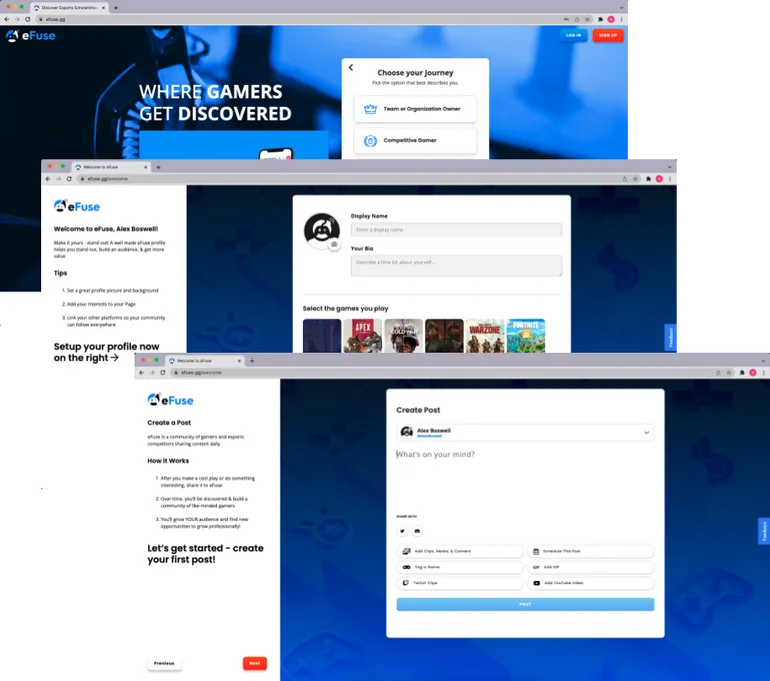Top 7 Feature Flag Tools for Enterprises in 2025

It's 4:59 PM on a Friday, and you're about to deploy a critical feature that has been in the making for months. It passed all the tests in staging, but your gut tells you that production is going to be a different beast. Will this feature work as expected when exposed to real user traffic? What if it breaks something else? And if it does go wrong, how quickly can you roll it back without taking down your entire application?
This is a familiar scenario for many engineering teams—and a potentially risky one at that. You're betting your application's stability, your user experience, and sometimes even your weekend plans on the hope that everything will work perfectly in production.
This is especially true if you're using traditional deployment strategies that don’t allow for incremental releases. But with feature flagging tools, that doesn’t have to be the case anymore.
Instead of deploying features directly to all users, you deploy code behind switches that you can control in real time. That said, there are numerous platforms on the market and the right one will depend on your team's needs.
In this guide, we'll explore the seven best feature flag tools available in 2025 and assess them against the following criteria:
- Focus
- OpenFeature compatibility
- Hosting infrastructure
- Open-source or proprietary software
- Who it’s built for
- Pricing
By the end of this guide, you'll have an idea of which tools best fit your needs — and why you should consider them.
1. Flagsmith
Flagsmith (that’s us!) is an open-source feature flag platform designed for security-conscious engineering teams looking for private cloud, on-prem, or SaaS deployment options. Built by engineers who needed better control over their feature releases and wanted an open-source option, the platform stands out for offering a rare combination of enterprise-grade security with the transparency of open source.
Teams working in banking, healthcare, and insurance find it especially useful as it ticks all the boxes needed for security and compliance. It’s one of the few platforms that adapts to your infrastructure instead of forcing you to adapt to it.
Focus
Feature management and remote configuration with a strong emphasis on security, compliance, and deployment flexibility.
Some feature flag tools treat security as an afterthought, but for data-sensitive industries, security isn't optional—it's mandatory. We built Flagsmith from the ground up with enterprise security requirements in mind, including:
- Advanced authentication protocols (2FA, SAML, Okta, ADFS, and LDAP)
- Role-based access control
- Comprehensive audit trails
- Change requests (4-eyes approval workflows)
- Compliance certifications
This focus means you won't need to retrofit security measures or compromise on compliance requirements.
OpenFeature compatibility
Flagsmith is a founding member of OpenFeature and provides native SDK support, having built a number of OpenFeature providers across various languages and frameworks.
When you're deeply integrated with a proprietary SDK, switching providers can require rewriting significant portions of your codebase. With Flagsmith’s OpenFeature specification, you get a vendor-neutral API that allows you to write your feature flag code once and switch providers without requiring any code changes. You can use it for languages like:
- Go Server
- Java
- JavaScript
- .NET
- Python
In short, we're shaping the future of this platform to make sure teams all over the world can benefit from it without needing to worry about lock-in down the road.
Hosting infrastructure
You can choose between private cloud, fully on-prem, or SaaS deployment options. We chose to offer multiple options because we know that different organisations have different data sovereignty requirements.
For example, government agencies need to deploy code on an on-prem environment, but a SaaS provider can often choose to go with public cloud. The goal is to help teams in different industries take advantage of our feature flagging capabilities.
You can even start with SaaS and migrate to self-hosting as your security needs evolve.
Open source or proprietary platform
The majority of our platform is open source under the BSD-3-Clause license. A small number of repositories are under the MIT license. More advanced features are available under a commercial license if needed. You can audit the code for security vulnerabilities, contribute improvements, and ensure the platform meets your exact needs.
If Flagsmith the company were to disappear tomorrow (hopefully not!), you would still have access to the complete codebase. This level of transparency is beneficial for teams that conduct security and compliance audits which require visibility into the platform's code.
What it’s built for
We built Flagsmith as the feature flag management and remote configuration platform we needed but couldn’t find on GitHub. Which means we don’t treat feature flagging as a secondary capability tacked onto another platform—so you don’t pay for extraneous features you won’t really use. You also get more sophisticated targeting capabilities and workflows instead of generic feature management that just ticks a box.
Pros of Flagsmith
- Deployment flexibility: One of the few platforms offering SaaS, private cloud, and self-hosted (private cloud and on-prem options).
- Strong segmentation capabilities: Segment users based on precise targeting rules and run A/B or split tests as needed.
- Security-first design: SOC 2 Type 2 certified with enterprise-grade access controls and audit trails.
- Transparent pricing: Fixed-cost model based on API calls not complex usage metrics.
- Open source foundation: Full code transparency and ability to contribute to the platform's development.
- Strong OpenFeature support: Founding member with native SDK integration.
- Developer-friendly: Easy setup and integration with 15+ SDKs and popular development tools.
Cons of Flagsmith
- Enterprise features require a paid plan: Advanced governance and compliance features need a commercial license to use.
- Smaller ecosystem: Fewer third-party integrations compared to larger, older platforms. But we’re continuing to develop and build these!
Flagsmith pricing
Free plan:
- Up to 50,000 API requests per month
- Unlimited feature flags and environments
- A/B testing and multivariate testing included
- Perfect for solo developers and small projects
Startup plan:
- $45/month
- Up to 1,000,000 API requests
- Up to 3 team members
- Unlimited projects
- Scheduled flags and integrations
Enterprise plan:
- Custom pricing
- 5,000,000+ API requests per month
- Private cloud and on-prem hosting options
- Advanced security features (SAML, 2FA, change requests, audit logs, and more)
- Dedicated engineering support on Slack and Discord
- SLA
Who is Flagsmith for?
Flagsmith is built for data-sensitive enterprises, such as those in banking, insurance, healthcare, and government, as well as for scaling engineering teams that need deployment flexibility, organisations requiring features that support compliance, and teams looking to avoid vendor lock-in through open-source solutions.
It can also be great for budget-conscious startups who need a free tier or organisations that value code transparency and the ability to contribute to development.
2. Split

Split is a feature delivery platform that combines feature flagging with robust experimentation and monitoring capabilities. It’s mainly designed for product or growth teams that want to understand the impact of every feature they ship. That’s why they have components such as dimensional analysis and sequential testing that contribute to a broader experimentation and measurement strategy.
Focus
Split's primary focus is experimentation and feature delivery, with a strong emphasis on measurement and analytics. While it does give you robust feature flagging capabilities, its core strength lies in connecting feature releases to business impact through automated monitoring and A/B testing.
OpenFeature compatibility
Split offers moderate OpenFeature support with providers available for languages such as:
- Java
- JavaScript/Node.js
- .NET
- PHP
- Go Server
Hosting infrastructure
Split is a SaaS platform with no self-hosted deployment options.
Open source or proprietary platform
Split is a proprietary, closed-source platform, but after its recent acquisition by Harness, it offers a free plan, which is open source.
What it’s built for
Split is mostly focused on experimentation — not just feature flagging. This means its entire architecture is designed around supporting A/B testing.
Pros of Split
- Many users highlight Split's intuitive interface and straightforward integration process. Both technical and non-technical team members find it accessible to manage feature flags and experiments.
- The platform enables precise targeting based on user attributes and supports dynamic configuration, so features can be adjusted or toggled without redeploying code.
- The platform has features for approval workflows, audit trails, and precise user targeting, so you don't need additional tools to monitor the impact of your flags.
- Split integrates with tools like Segment, mParticle, Datadog, Jira, and New Relic, making it easier to ingest and export data for monitoring and experimentation.
Cons of Split
- Split's pricing is based on seat count and monthly traffic keys, which can become expensive as usage scales. There is no unlimited MAU (Monthly Active Users) option, and custom quotes may be required for higher volumes.
- Once you have dozens of flags running, keeping track of what's active and what's forgotten becomes a real problem. It leads to confusion within your teams and technical debt over time.
- Advanced targeting (e.g., by app version, device type, or country) requires manual configuration and is not available out of the box.
Split pricing
- Free plan: For individual developers and small teams
- Essentials: You need to contact for a demo
- Enterprise: You need to contact for a demo
Who is Split for?
Split is ideal for product and engineering teams at growth-stage and enterprise companies that prioritise data-driven feature development. Other than that, the platform also works well for organisations with large product teams, a strong experimentation program, and a budget to accommodate an expensive analytics platform.
3. LaunchDarkly

LaunchDarkly is one of the most established leaders in the feature management space. It was founded in 2014, and since then, the platform has become synonymous with enterprise-grade feature flagging, offering a comprehensive platform that combines feature management with experimentation capabilities.
Focus
LaunchDarkly's focus is on enterprise feature management, which means that you'll get a whole set of capabilities that you may or may not need. It's built for large engineering teams, so that's something to keep in mind.
OpenFeature compatibility
LaunchDarkly offers OpenFeature support with providers available for:
Hosting infrastructure
LaunchDarkly operates exclusively as a SaaS platform with no self-hosted or on-premises deployment options. So if you have specific data sovereignty needs, this may not be the right platform for you.
Open source or proprietary platform
LaunchDarkly is a proprietary, closed-source platform. While they maintain some open-source SDKs and OpenFeature providers, the core platform remains proprietary.
What it’s built for
LaunchDarkly was purpose-built for feature flag management and has since expanded to experimentation, release automation, and release observability.
Pros of LaunchDarkly
- If a problem arises, features can be instantly turned off without redeploying code, so you don't have to worry about large-scale rollbacks that impact other features.
- The platform currently supports scheduling configuration changes and reviewing change requests before they go live.
- Some users like the advanced analytics features where they can split users easily and see the impact of different experiments in detail.
Cons of LaunchDarkly
- Some users find recent UI redesigns less user-friendly, resulting in a harder navigate platform
- LaunchDarkly’s pricing is considered high, especially compared to some competitors. Some users feel they pay for features they do not need due to the sheer volume of available features.
- Unless the flags are tagged together, it's hard to search for multiple flags together within the platform.
- It only offers public cloud deployment, so there could be compliance issues, depending on your needs.
LaunchDarkly pricing
LaunchDarkly uses a tiered pricing model based on service connections, client-side Monthly Active Users (MAU), and feature sets:
- Developer: Free forever for 5 service connections and 1k client-side MAU per month.
- Foundation Plan: Starts at $12 per month for each service connection or $10 per 1k client-side MAU per month.
- Professional Plan: Custom pricing based on usage requirements
- Enterprise Plan: Custom pricing with full platform capabilities and premium support
Important note:
LaunchDarkly offers variable pricing components that will likely add additional cost to each plan (depending on your needs): Service Connections, Contexts, and Experimentation Keys. It’s worth looking at these and estimating your usage to get a true idea of the cost of each plan.
Who is LaunchDarkly for?
LaunchDarkly is ideal for large engineering organisations and enterprise teams who need robust, reliable feature flag management and are able to use SaaS. It works well for companies that have:
- Multiple development teams
- The budget for enterprise tooling
- Less stringent security requirements
4. GrowthBook

GrowthBook is an open-source feature flagging and experimentation platform that puts A/B testing and analytics at the centre of everything. Unlike traditional feature flag tools that treat experimentation as an add-on, the platform was built from the ground up to help teams run sophisticated experiments and measure the impact of every feature release.
Focus
GrowthBook's primary focus is experimentation-driven feature delivery, which is why it offers sophisticated A/B testing and statistical analysis capabilities. If you're running a robust experimentation program, it'd be helpful since the platform treats every feature flag as a potential experiment.
OpenFeature compatibility
GrowthBook offers OpenFeature support with providers available for:
- JavaScript
- Node.js
- Python
- Java
- Go Server
- .NET
Hosting infrastructure
GrowthBook offers both SaaS and self-hosted deployment options. You can start with their cloud offering for quick setup or deploy GrowthBook on your own infrastructure for data control.
Open source or proprietary platform
The core GrowthBook platform is open source under the MIT license with additional features available under commercial plans.
What it’s built for
GrowthBook was designed for feature flagging and experimentation, with its entire architecture centred on the concept of experiment-driven development. So, you get access to statistical engines and analytics capabilities that are built directly into the core platform.
Pros of GrowthBook
- Many users praise GrowthBook's robust A/B testing capabilities, including support for multiple rounds of testing, a wide variety of metrics, and both code-based and visual tests. The platform is also recognised for its accuracy and transparency in experiment analysis, avoiding "black box" results.
- The platform connects directly to your data warehouse, enabling fast, accurate, and transparent experiment analysis.
- You also get access to flexible feature flagging capabilities, including easy management, dynamic targeting (such as by country), and the ability to override rules with “forced value” logic.
Cons of GrowthBook
- Some users find the UI confusing or not the most user-friendly, especially for new users or those unfamiliar with experimentation tools.
- Certain features, such as advanced permissions by project, are only available on Pro or Enterprise plans.
- Currently, there is no way to preview server-side experiments without activating the test, which can be inconvenient during setup and QA.
GrowthBook pricing (link to pricing page as well)
- Starter: Free for up to 3 users and unlimited feature flags but basic A/B testing capabilities.
- Pro Plan: The cost is $20 per user per month, with a maximum of 100 users.
- Enterprise: Custom pricing for unlimited users and security/compliance features.
Who is GrowthBook for?
GrowthBook is ideal for product, marketing, and data science teams that regularly run experiments and need to slice and dice data as needed, depending on the specific use case being tested.
5. Unleash

Unleash is an open-source feature flag platform that was originally developed at FINN.no (now part of Schibsted). Since it's a flexible and modular platform, organisations use it for feature flag management, experiment analysis, or both, depending on their needs.
Focus
Unleash's primary focus is on enterprise feature management and progressive delivery, with an emphasis on gradual rollouts, advanced targeting, and operational control. You can create complex rules for feature visibility — so it's designed for engineering teams at enterprises.
OpenFeature compatibility
Unleash offers limited OpenFeature support with maintained providers for major languages, including:
- Java
- JavaScript/Node.js
- Go Server
Hosting infrastructure
Unleash offers hosted SaaS, hybrid, and self-hosted deployment options, with some anecdotal evidence pointing to some potential feature limitations on self-hosted.
Open source or proprietary platform
Unleash is open source under the Apache 2.0 license, with the core platform freely available on GitHub. But it also offers additional enterprise features under a commercial license.
What it’s built for
Unleash was built for feature management, with feature flags being the main drawing point of the platform. That said, if you're interested in tracking user behaviour or scaling the use of feature flags, it might not be the right solution for you.
Pros of Unleash
- The learning curve is smooth, and you can categorise by project and environment, which is helpful for both technical and business users.
- Unleash offers popular languages and frameworks (e.g., Python, React) and works well across backend and frontend applications.
- You get fine-grained permissions and multiple rollout strategies (including per-customer and date-based constraints).
Cons of Unleash
- Lack of analytics—and limited APM/monitoring—integrations will be a deal breaker for some.
- They don't persist identities or traits. You can perform user overrides as part of context, but there’s no list of identities in the UI.
- While the interface is intuitive for engineers, your product managers and other non-technical team members might find it intimidating at first.
Unleash pricing
- Enterprise self-hosted: Pay-as-you-go plan with a 14-day free trial.
- Enterprise cloud-hosted: It costs $75 per user per month with no long-term commitment.
- Enterprise cloud, self-hosted, or hybrid: You need to contact them for a quote, and the contract is billed annually.
Who is Unleash for?
Unleash is ideal for engineering teams at medium to large organisations who need reliable, scalable feature management — and don’t need analytics or integrations with Grafana or Dynatrace. If you don't need additional analytics capabilities or the above integrations, then it might be the right choice for you.
6. ConfigCat

ConfigCat is a feature flag service that focuses on cross-platform compatibility. You can manage feature flags across different devices, including mobile, web, and desktop applications, from one dashboard.
Focus
ConfigCat's primary focus is cross-platform feature flag management for teams of all sizes. As a result, it provides services across a wide range of programming languages and frameworks for its users.
OpenFeature Compatibility
ConfigCat provides broad OpenFeature support with providers for platforms such as:
SaaS or Self-hosted
ConfigCat operates primarily as a SaaS platform but also offers dedicated private cloud options for enterprise customers.
Open source or proprietary platform
ConfigCat is a proprietary, closed-source platform. However, all of their SDKs are open source and available on GitHub — so you can audit the client-side code and contribute improvements.
What it’s built for
ConfigCat is purpose-built for enterprises looking for feature flags and remote configuration where data security is not top of mind. Depending on your needs, ConfigCat’s architecture can be considered quite basic. This is most apparent in flag evaluations, as all flag evaluations in ConfigCat take place locally—for both server-side and client-side SDKs. Evaluations are done by downloading a publicly accessible JSON file that includes all flag information and segment/targeting rules. This means that all the names of flags and segments, as well as the rules that define segments, which may contain sensitive or proprietary information, are exposed to the public.
Another consequence of this architecture is that ConfigCat doesn’t store user information. This means that your application requires all user data to be present when evaluating flags, which is not always possible or expeditious. The only way to get around this limitation is to self-host the ConfigCat Proxy, which is another piece of infrastructure to keep track of.
Pros of ConfigCat
- Many users say the dashboard is easy to use and set up. Both developers and non-technical team members can easily create, manage, and toggle feature flags.
- Also, its targeting and segmentation features allow teams to control feature rollouts precisely, target specific user groups, and run controlled betas or gradual releases.
- Users say that pricing is based on config downloads and network traffic, so it's more predictable and affordable compared to MAU-based models.
Cons of ConfigCat
- If you want to keep flag information and segment/targeting rules private, its architecture doesn’t allow for that.
- The platform doesn’t integrate with some analytics and workflow tools like Amplitude, Heap, Planhat, and Azure DevOps) so the analytics capabilities are not as robust compared to competing tools.
- If you’re changing user segments, it affects all environments. So, that can be risky if you don’t handle it carefully. There’s also limited validation in segment management, so minor errors (like a missing comma) can cause issues.
ConfigCat pricing
- Free Plan: $0 per month for 10 feature flags, 2 environments, and 2 products.
- Pro: $110 per month for 100 feature flags, 3 environments, and 3 products.
- Smart: $360 per month for unlimited feature flags and environments.
- Enterprise: $1,000 per month for unlimited flags, environments and products.
- Dedicated: On-premise solution — which can be managed by you or the company. The pricing depends on your needs, so you need to get in touch with them for a quote.
Who is ConfigCat for?
ConfigCat is great for development teams that want a simple, reliable feature flag solution without complexity. If you need cross-platform feature management or have teams with mixed technical abilities, it works well. However, if you require more advanced logic for flagging or a heightened level of security and compliance, it may not be the right fit for you.
7. Cloud-native options
If you're already invested in a major cloud ecosystem, several native feature flag and configuration management services are available today. Here are a few platforms to consider:
- AWS AppConfig: It's a managed service within AWS Systems Manager that enables application configuration and feature flag deployment with built-in validation and monitoring. If you already use AWS services, it makes sense to choose this. That said, the company uses a pay-per-use pricing model, which starts at $0.0000002 per configuration request and $0.0008 per configuration received by targets.
- Azure App Configuration: It's Microsoft's cloud service for centralised application settings — but you can also manage feature flags within the platform. If you're already using Azure infrastructure, especially with .NET applications, it would be ideal for you. The platform offers a free tier with one store per region, 10 MB storage, and 1,000 requests per day. The paid tier starts at $1.50 per store per day, plus $0.60 per 10,000 requests (the first 200,000 requests are included).
- Firebase Remote Config: It's Google's remote configuration service that enables real-time changes to app behaviour without requiring app updates. It's ideal for mobile and web app developers utilising Google's Firebase ecosystem, particularly for consumer-facing applications. It offers a free and pay-as-you-go plan (depending on the type and number of services you use).
Why Flagsmith is the best feature flagging tool for security-conscious engineering teams
The right feature flagging solution depends on your team’s specific needs, infrastructure, and goals. As every engineering team is facing increasing pressure to ship faster while maintaining high standards of security and compliance, you need to look at tools that offer more than just basic feature toggling capabilities. And if you’re in a regulated industry with strict data sovereignty requirements, it’s even more important to see if the platform can adapt to your needs, not the other way around.
That’s why it’s critical to go with a platform that offers:
- On-premise and cloud-based options
- Granular access controls
- GDPR and SOC2-compliant systems
- Detailed audit logs and change management
- SAML, SSO, and enterprise integrations
…all of which Flagsmith does. If you’re interested in seeing how we can help, book a demo with us today.

.webp)






































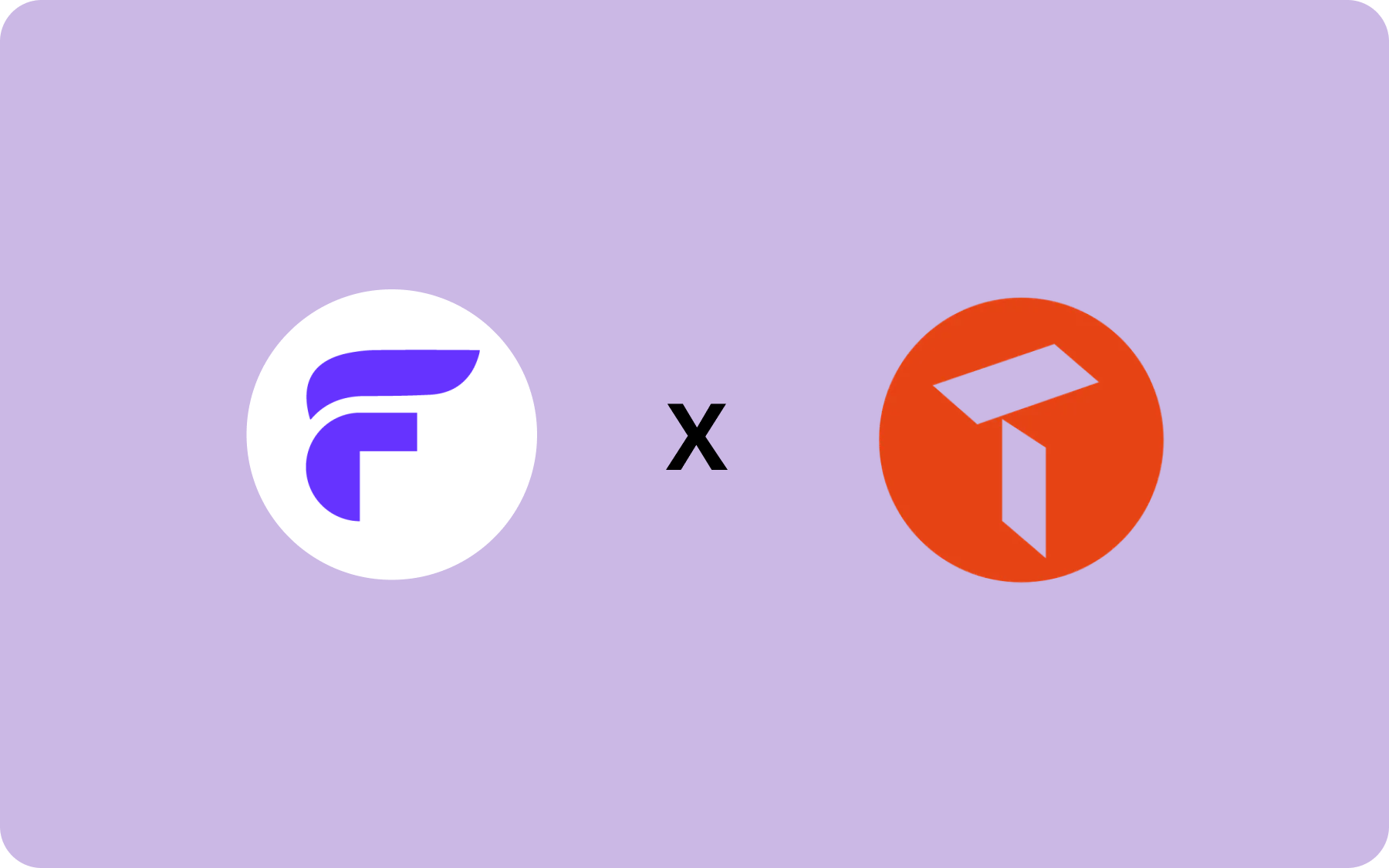




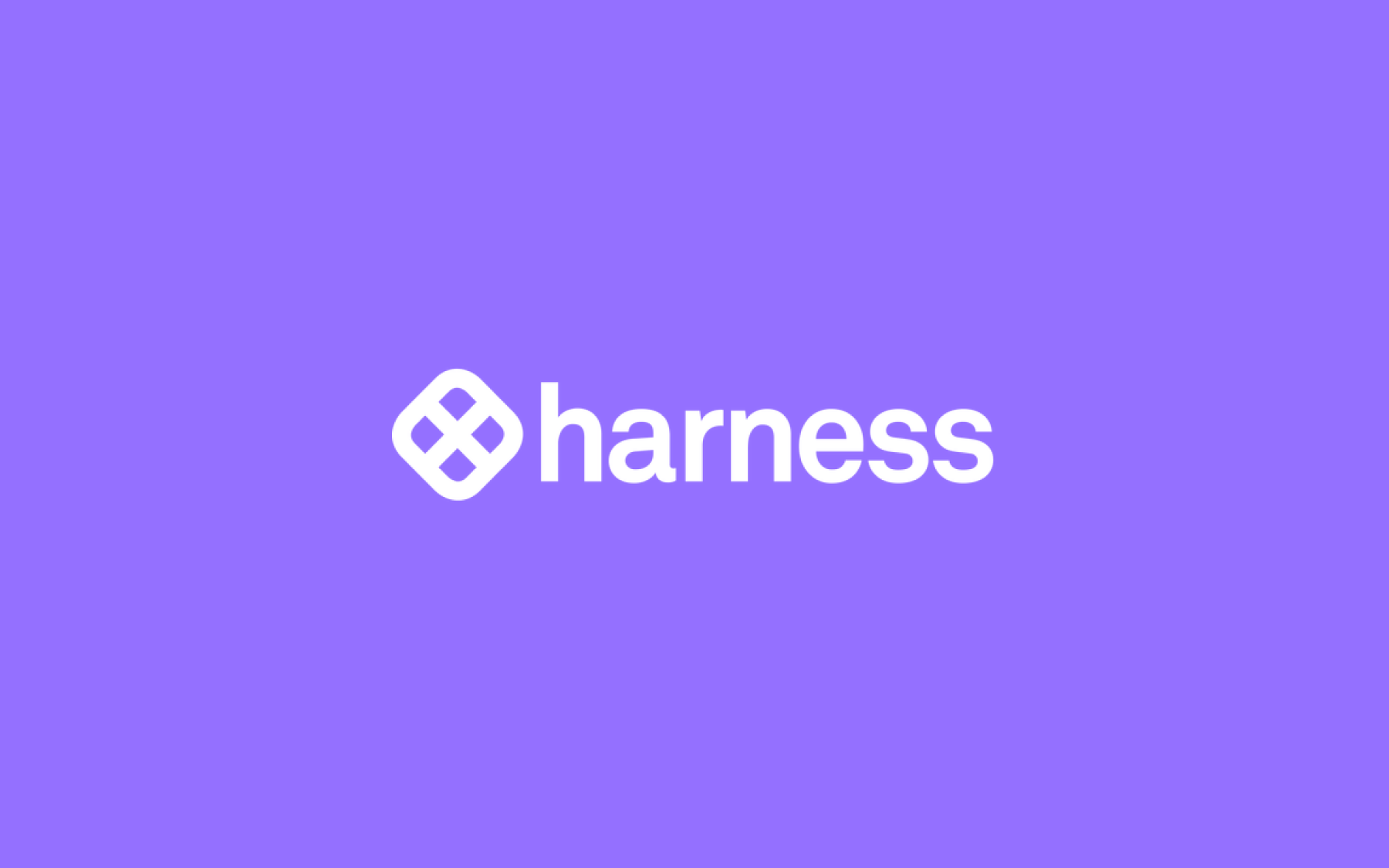





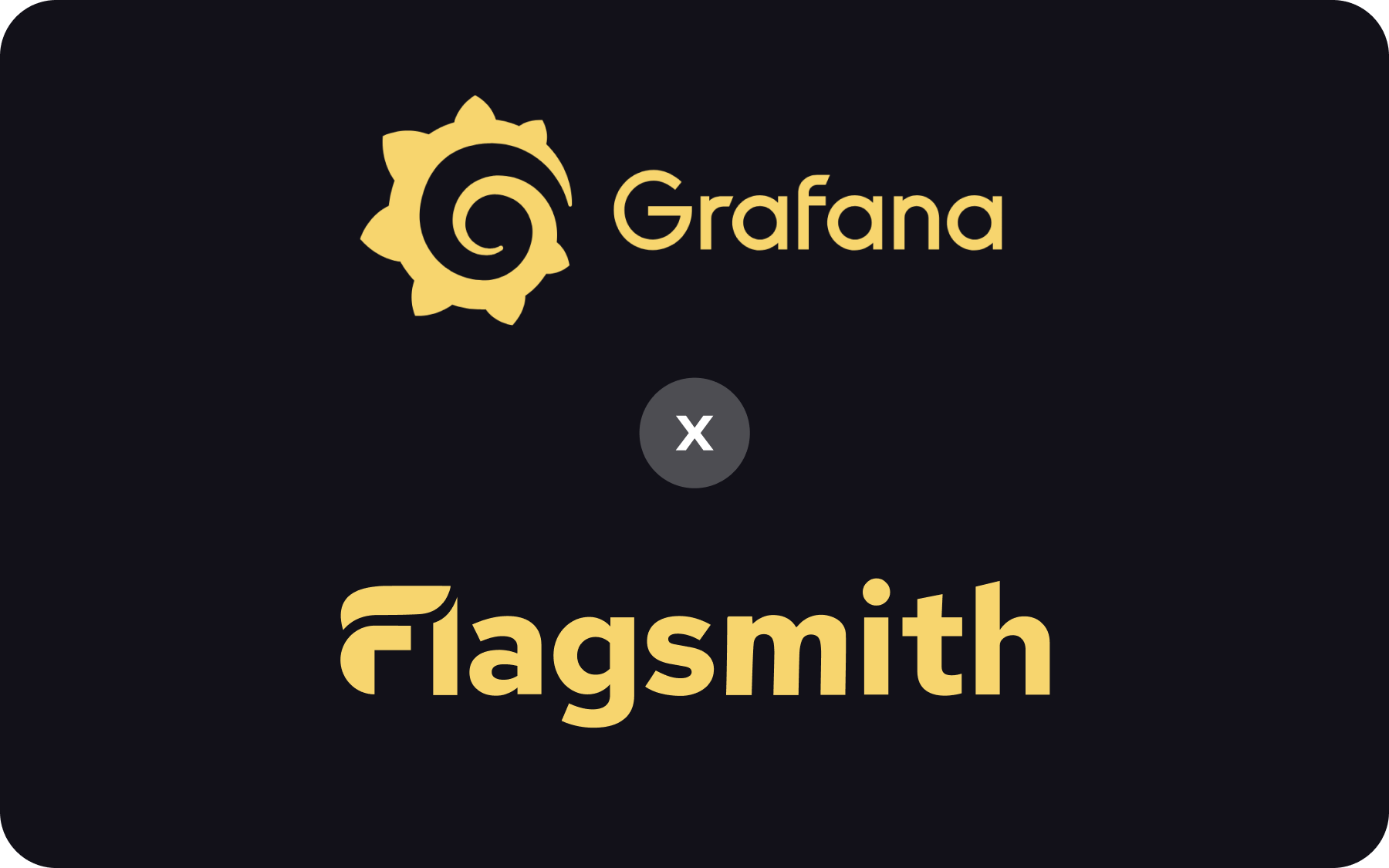







.png)
.png)

.png)

.png)



.png)













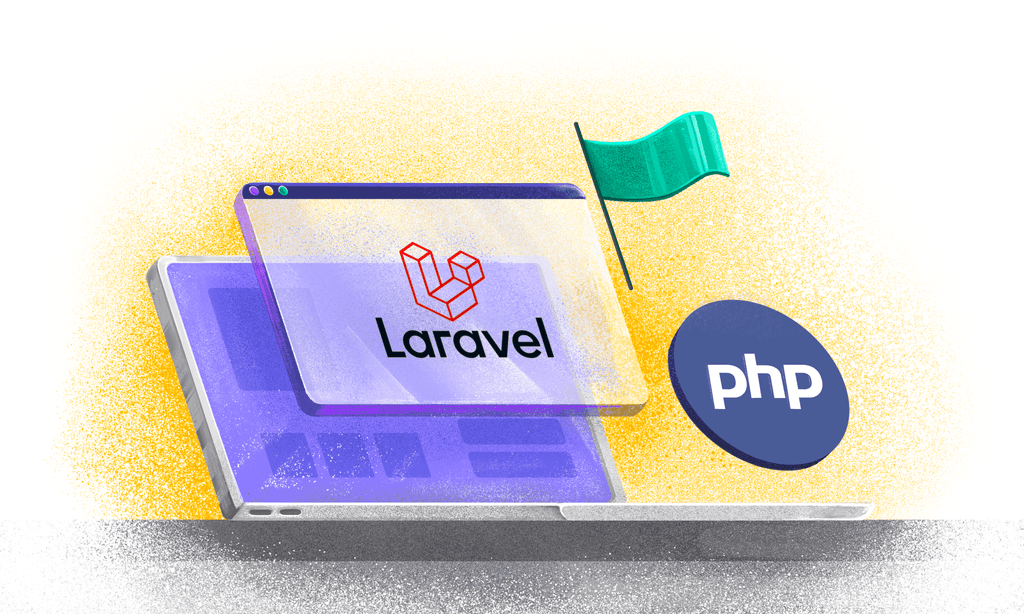









.png)

